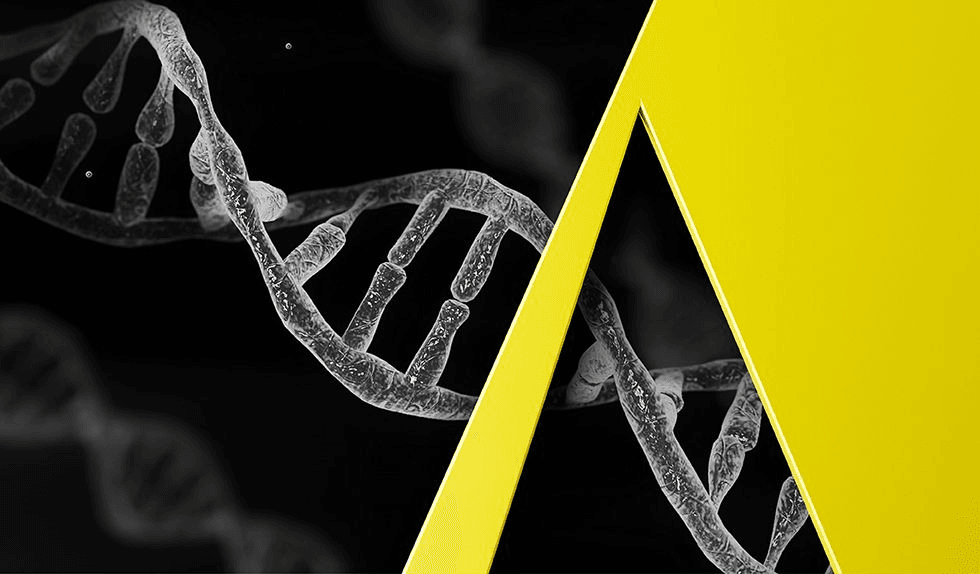This week, the U.S. Food and Drug Administration (FDA), in collaboration with the Department of Health and Human Services (HHS), announced a series of new measures to phase out all petroleum-based synthetic dyes in food by the end of 2026. This initiative is part of the broader “Make America Healthy Again” (MAHA) agenda aimed at bolstering food safety. Citing growing concerns about the potential role of petroleum-based food dyes in childhood diabetes, obesity, depression and attention-deficit/hyperactivity disorder (ADHD), the agency plans to establish a national standard and timeline for the food industry to transition to natural alternatives.
Key actions include the following:
- Revocation of Authorizations: FDA will begin the process of revoking approvals of Citrus Red No. 2 and Orange B.
- Elimination of Additional Dyes: FDA will work with industry to eliminate six commonly used synthetic dyes—FD&C Green No. 3, FD&C Red No. 40, FD&C Yellow No. 5, FD&C Yellow No. 6, FD&C Blue No. 1 and FD&C Blue No. 2—by the end of 2026. Additionally, the agency is requesting companies to remove FD&C Red No. 3 sooner than the previous 2027-2028 deadline. See our previous post on Red No. 3 here.
- Fast-Track of Natural Alternatives: The agency will authorize four new natural color additives in the near term and expedite review of additional applications for other natural alternatives.
- Research Collaboration: In partnership with the National Institutes of Health (NIH), the agency intends to conduct comprehensive research on the impact of food additives on child health and development.
The agency’s move signals a broader shift in the oversight of food additives. Industry participants should expect to see additional regulatory developments and announcements by the Trump administration. Industry participants should begin assessing the impact of these changes on their operations in preparation of these forthcoming changes, including assessing whether direct engagement with the agency is appropriate to address product-specific concerns. At this time, the agency has not opened a new public docket or announced how it plans to proceed. Ultimately, a change in regulations would be required to ban these ingredients, just as the Biden administration FDA did in January in revoking the authorized uses of FD&C Red No. 3. Companies should closely monitor agency communications and the Federal Register for potential opportunities to provide input.
While the current announcement is limited to synthetic dyes used in foods, the administration has signaled its desire to reevaluate the use of similar color additives in non-food products, such as pharmaceuticals and cosmetics. Notably, the recent revocation for FD&C Red No. 3 also applied to ingested drugs. Conceivably, the agency inquiry into the safety of these additives for use in foods could be expanded to consider their safety in ingested drugs or products that otherwise come in contact with the human body.


